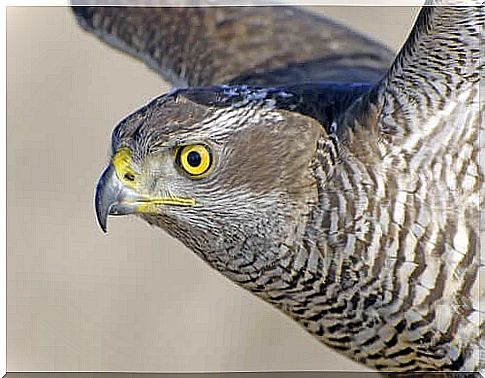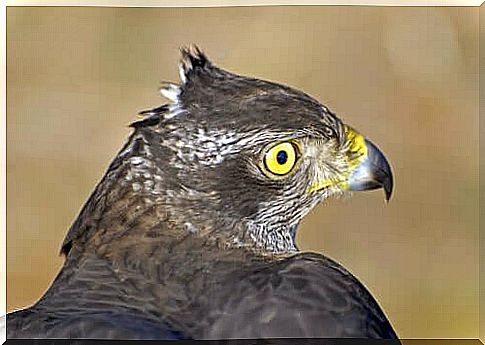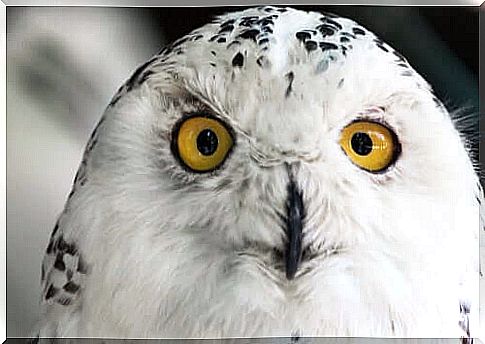Birds Of Prey And Their Surprising Sight

You have probably already heard expressions like “He has the sight of an eagle” or “He has the eye of a hawk”, referring to a person who can distinguish objects very well even from a distance. It is said so because one of the main characteristics of birds of prey is their sight, which allows them to identify prey from a great distance.
The sight of the birds
Some can see in the dark, others several miles away. There is no doubt that sight is one of the most developed senses of birds and that it is more enhanced than other vertebrates.
Birds usually have very large eyes in relation to the size of the head, eyes that do not make large movements within the eye socket. In addition to the typical covering eyelids, birds also have an additional transparent and mobile membrane.
These animals have two types of light receptors: rods and cones. The former are used for night vision (because they are sensitive to light). The seconds allow you to detect colors during the day.
In addition, birds can perceive ultraviolet light, a capability related to partner courtship. Their plumage has patterns that change color depending on the incidence of the sun, but these changes are not perceived by other species (including humans).

This ability gives birds an added advantage when it comes to foraging for food. There are, in fact, many prey which, when illuminated by the light of the sun, emit a sort of “flashes” of light perceptible even at great distances. Furthermore, birds are able to identify the urine and feces of rodents because these, hit by sunlight, reflect ultraviolet rays.
Another ability of birds is to be able to perceive movements, both slow and fast, better than people or other animals. These animals are even able to detect the movement of the sun thus managing to orient themselves during the flight.
Birds tend to spend a lot of time perched on branches or rocks. They remain almost motionless and with their heads still to get a better picture of what is happening around them.
Features of the sight of birds of prey
In addition to the characteristics indicated above, which apply to all birds, we would like to underline the fact that birds of prey are the animals that see best. In the eyes they have a high density of receptors and it is as if they have binoculars that allow them to locate prey at great distances.
The eyes of birds of prey, both diurnal and nocturnal, are located at the front of the head. This gives them a wider field of view, which varies between 35 and 50 degrees.

Night birds of prey have a very flexible neck, with which they turn their heads up to 300 degrees, and their night vision is highly developed.
The visual abilities of birds of prey are known and their acuity is due to several factors including the size and shape of the eyes that allow them to project a larger image on the retina. It is estimated that they can see eight times better than humans.
Among birds of prey, eagles and hawks have the largest number of receptors on the retina. This allows these animals to distinguish individual objects even at great distances (for example, a rodent trying to hide in the grass).
Birds of prey base much of their survival on their visual acuity. If the ophthalmologist tells you that you have the sight of a hawk, you can be proud of it.









